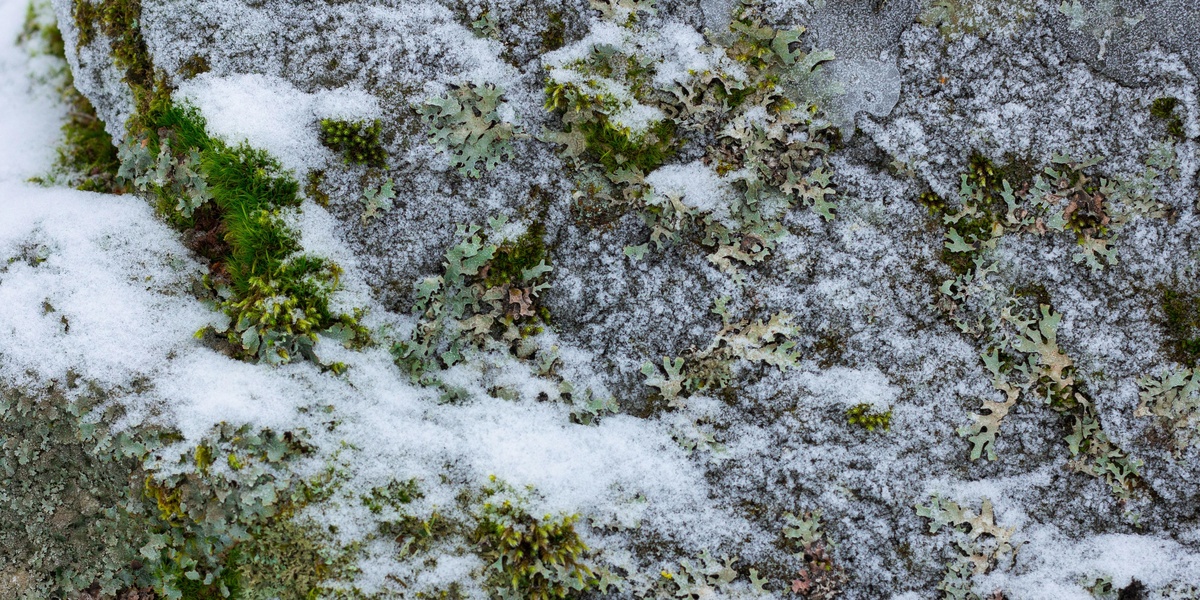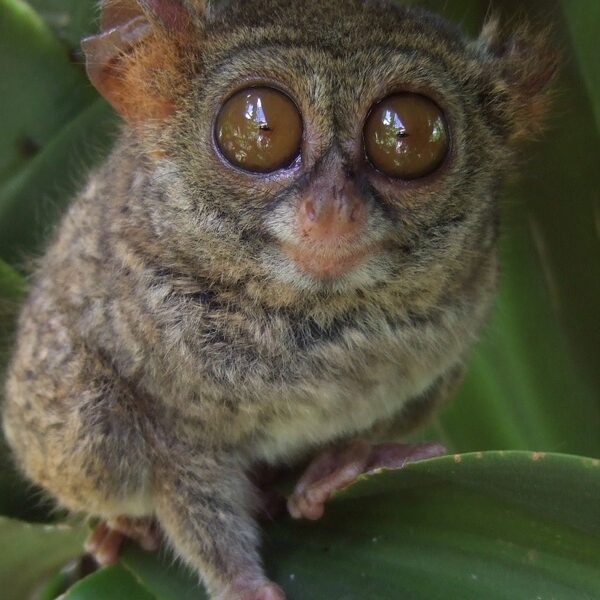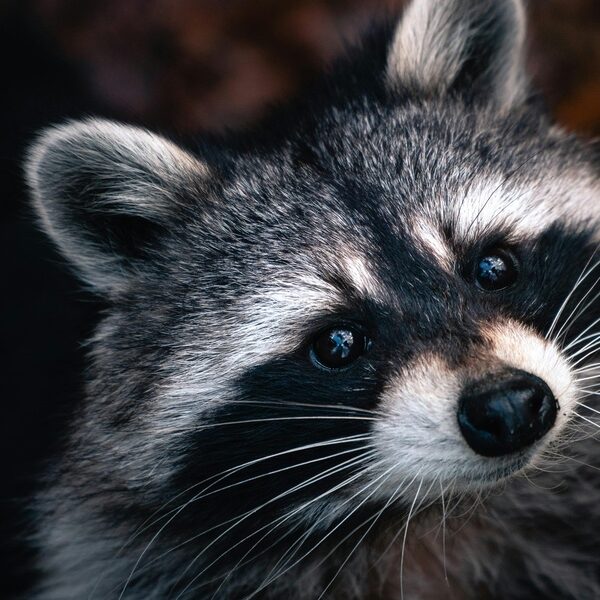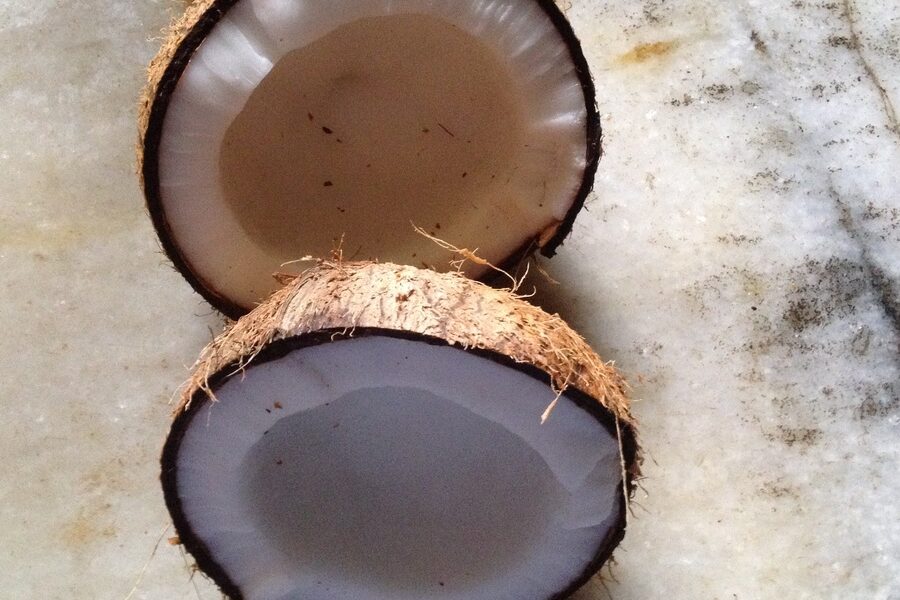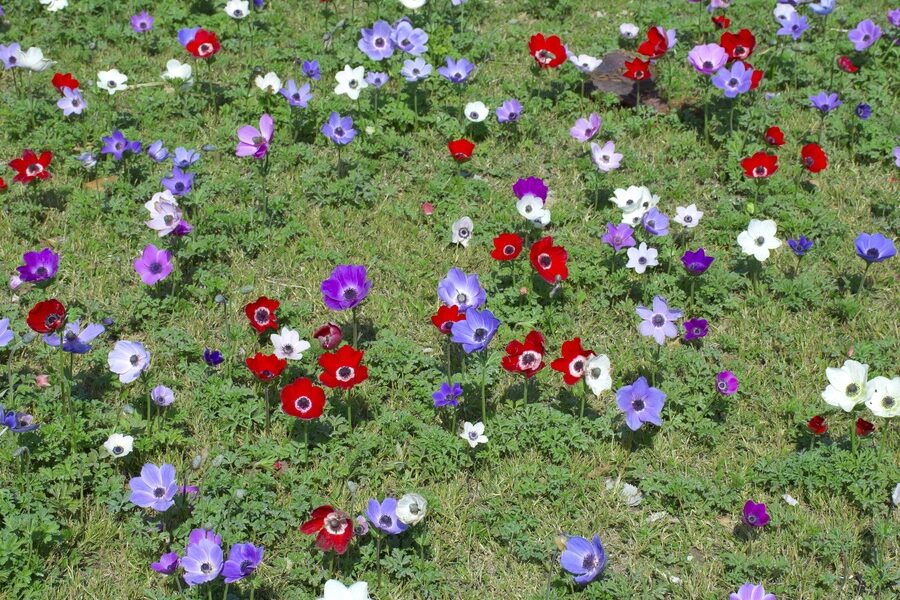The Arctic tundra and coastal wetlands host a surprising variety of low-growing plants that shape soil, hydrology, and wildlife habitat. Mosses carpet large areas, holding moisture through short summers and forming the base of many food webs and peat soils.
There are 18 arctic moss, ranging from Brown Peat Moss to Wrinkled Moss. For each species you’ll find below Scientific name, Typical size (cm), Range (regions) — you’ll find below.
How can I tell different arctic moss species apart in the field?
Look at growth form (cushion, mat, or loose turfs), color and sheen, typical size, and the presence or shape of spore capsules; habitat clues (peatland vs. rocky ground) also help. A 10x hand lens plus a simple key or the table below will get you most of the way to a confident ID.
Do these mosses indicate environmental change in the Arctic?
Yes — shifts in species composition, expansion of peat-forming mosses, or changes in typical size and abundance can signal warming, altered moisture regimes, or permafrost thaw. Monitoring the 18 species listed below gives practical, early-warning data for ecosystem change.
Arctic Moss
| Name | Scientific name | Typical size (cm) | Range (regions) |
|---|---|---|---|
| Woolly Fringe-moss | Racomitrium lanuginosum | 5-15 | Circumpolar Arctic, alpine, and boreal regions; widespread on exposed sites. |
| Splendid Feather-moss | Hylocomium splendens | 10-20 | Circumpolar low Arctic, boreal, and temperate forests worldwide. |
| Swollen Tundra Moss | Aulacomnium turgidum | 5-10 | Widespread throughout the Arctic and in alpine areas farther south. |
| Golden Fuzzy-Fen Moss | Tomentypnum nitens | 5-15 | Circumpolar Arctic and boreal regions, common in tundra fens. |
| Juniper Haircap Moss | Polytrichum juniperinum | 2-10 | Cosmopolitan, very common throughout the Arctic on dry, disturbed, or sandy soils. |
| Strict Haircap Moss | Polytrichum strictum | 5-20 | Circumpolar Arctic and boreal regions, common in peatlands and tundra. |
| Sickle-leaved Moss | Sanionia uncinata | 2-8 | Circumpolar in Arctic, boreal, and temperate zones; very widespread. |
| Ostrich-plume Moss | Ptilium crista-castrensis | 5-15 | Circumpolar low Arctic, boreal, and montane forests. |
| Brown Peat Moss | Sphagnum fuscum | 10-20 | Circumpolar Arctic and boreal regions, a major hummock-former in bogs. |
| Rock Black-moss | Andreaea rupestris | 1-2 | Circumpolar Arctic and alpine regions, found on exposed, non-calcareous rocks. |
| Giant Water-moss | Calliergon giganteum | 15-30 | Circumpolar Arctic and northern temperate regions, in standing water. |
| Wrinkled Moss | Rhytidium rugosum | 5-10 | Circumpolar in Arctic, alpine, and boreal grasslands, especially on calcareous soils. |
| Hairy Screw-moss | Syntrichia ruralis | 1-4 | Cosmopolitan, found in dry, disturbed sites throughout the Arctic. |
| Common Fork Moss | Dicranum scoparium | 4-10 | Circumpolar, common in low Arctic, boreal, and temperate zones. |
| Three-ranked Hump-moss | Meesia triquetra | 4-8 | Circumpolar Arctic and boreal regions, characteristic of rich fens. |
| Slender-stemmed Moss | Ditrichum flexicaule | 3-15 | Circumpolar Arctic and alpine regions, favouring calcareous soils. |
| Wahlenberg’s Forklet-moss | Oncophorus wahlenbergii | 2-5 | Circumpolar in Arctic and alpine regions, on soil, rock crevices, and wood. |
| Girgensohn’s Peat Moss | Sphagnum girgensohnii | 10-25 | Circumpolar low Arctic, boreal, and temperate forests. |
Images and Descriptions
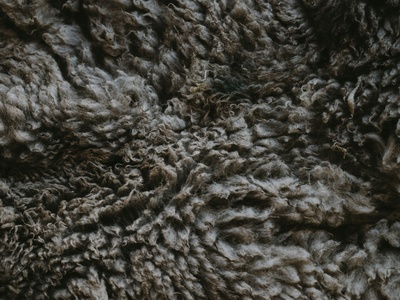
Woolly Fringe-moss
Forms distinctive greyish-white, hoary mats on dry, exposed rocks and gravel. Its woolly appearance comes from glassy hair-points on its leaves, which help reduce water loss. It is a key pioneer species that helps stabilize soil and build organic matter on barren ground.
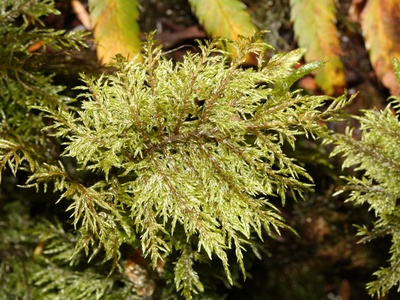
Splendid Feather-moss
A beautiful, feathery moss with a unique “stairstep” growth pattern, where each year’s growth forms a new frond off the previous one. It creates thick, insulating carpets on the tundra floor, providing habitat for invertebrates and influencing soil temperature and moisture.
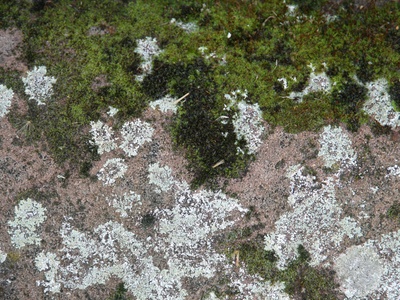
Swollen Tundra Moss
Easily recognized by its swollen, sausage-like shoots with tightly packed, concave leaves. This moss forms dense, yellowish-green cushions in both wet and dry tundra habitats. Its dense structure helps it retain water and insulate the permafrost below.
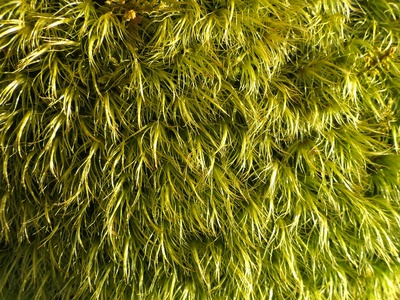
Golden Fuzzy-Fen Moss
A striking, golden-brown to glossy green moss with stems covered in a dense reddish-brown fuzz (tomentum). It’s a major component of moderately rich fens, where it contributes significantly to peat formation and provides structure to the wetland ecosystem.
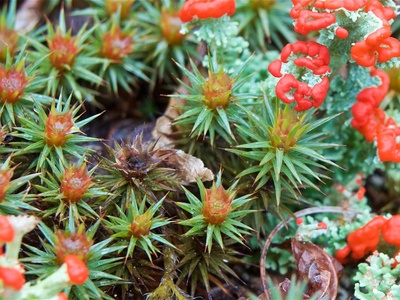
Juniper Haircap Moss
A tough, wiry moss resembling a tiny green star. Its stiff leaves have sharp points that help conserve moisture, allowing it to thrive in dry, exposed places. Like other haircaps, it’s an important early colonizer of bare ground, helping to start soil formation.
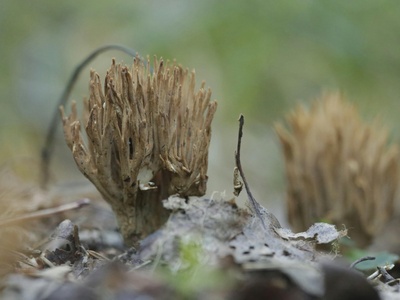
Strict Haircap Moss
Forms very dense, compact tufts or hummocks that are often a major part of the tundra landscape. Its dense growth and moisture-wicking leaves make it a significant peat-former. It is crucial for insulating permafrost and structuring tundra tussocks.
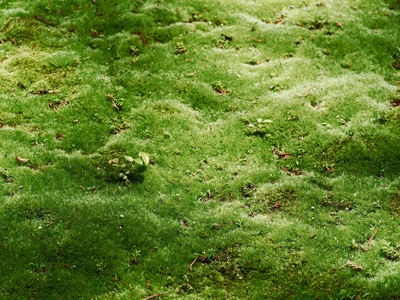
Sickle-leaved Moss
A common and easily identified moss due to its distinctly curved, sickle-shaped leaves that all point in the same direction. It forms silky, yellow-green mats on rocks, soil, and logs in a variety of tundra habitats, from wet meadows to drier slopes.
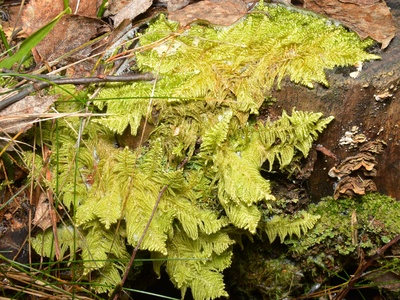
Ostrich-plume Moss
This elegant, feathery moss looks like a miniature fern or an ostrich plume, with perfectly arranged, comb-like branches. It forms lush, yellow-green carpets in sheltered low Arctic tundra and shrublands, contributing to the insulating ground layer.
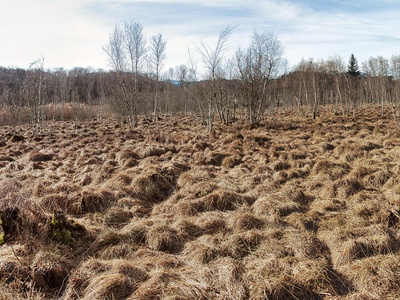
Brown Peat Moss
A key peat-forming moss that creates dense, firm, brownish hummocks in acidic bogs and wet tundra. Its compact structure allows it to hold vast amounts of water while the top stays relatively dry. These hummocks create diverse microhabitats for other plants.
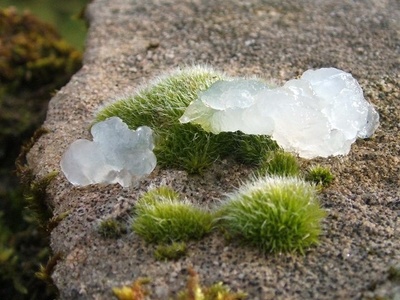
Rock Black-moss
This tiny, dark moss appears almost black when dry, turning reddish-brown or olive when wet. It is a true pioneer, often being the first organism to colonize bare, acidic rock surfaces. Its growth slowly traps dust and organic matter, beginning the process of soil creation.
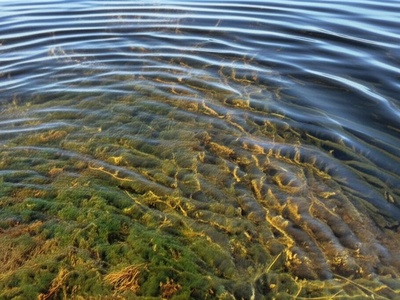
Giant Water-moss
A large, robust moss that grows submerged or at the edges of tundra ponds, slow streams, and fens. Its big, sprawling stems form deep, loose, green to golden-brown mats that provide important habitat for aquatic invertebrates and help fill in shallow water bodies.
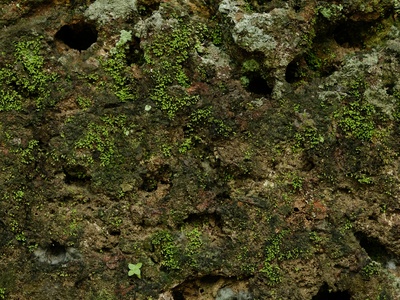
Wrinkled Moss
Recognizable by its robust, golden-green shoots with strongly wrinkled and furrowed leaves. It forms dense, interwoven mats in dry, sunny, and often calcium-rich tundra habitats. Its tough structure helps it withstand wind and desiccation on exposed slopes.
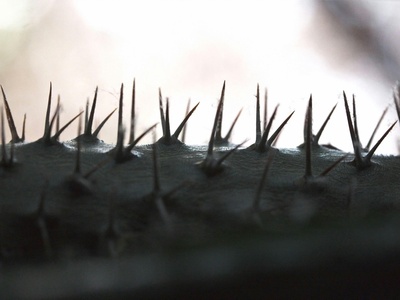
Hairy Screw-moss
A small but extremely resilient moss that forms dark tufts on dry soil, gravel, and rooftops. When dry, its leaves curl tightly around the stem, but they quickly expand when wet. The long, white hair-points on its leaves help it collect moisture and reflect sunlight.
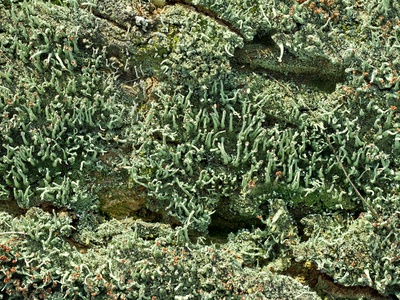
Common Fork Moss
A classic moss with long, slender leaves all swept to one side, like hair in the wind. It forms dense, light green to yellowish cushions on soil, humus, and rocks. In the low Arctic, it is an important ground cover, helping to insulate soil and retain moisture.
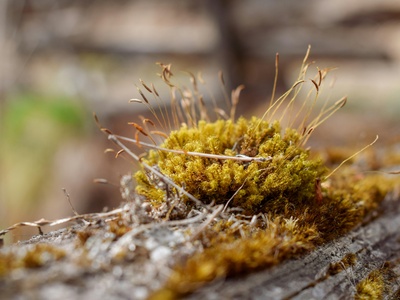
Three-ranked Hump-moss
This unique moss has its leaves arranged in three distinct vertical rows, giving the shoots a triangular cross-section. It grows in wet, calcium-rich fens and is an excellent indicator of these specific nutrient conditions, contributing to peat formation in these ecosystems.
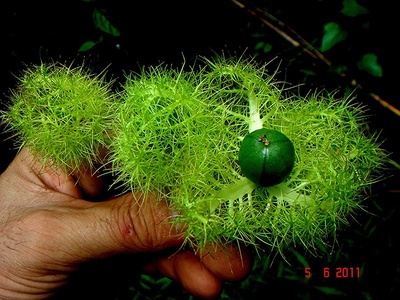
Slender-stemmed Moss
Forms loose, silky, yellow-green to brownish tufts, often on soil over limestone or other base-rich rocks. Its long, fine, flexible leaves give it a soft texture. It’s a common species in dry tundra habitats where it helps stabilize thin soils.
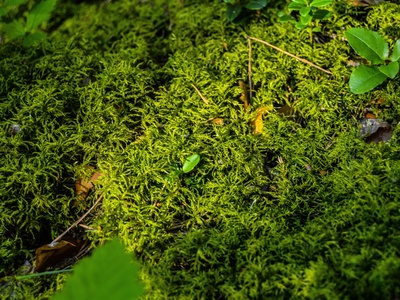
Wahlenberg’s Forklet-moss
This moss forms dense, bright green to yellowish cushions, typically on rotting wood or mineral soil in sheltered locations. When it has spore capsules, they are distinctly curved and sit on a gooseneck-shaped stalk, making it easy to identify.
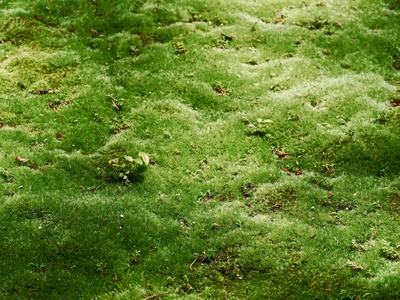
Girgensohn’s Peat Moss
A relatively robust peat moss that forms loose carpets in wetter, more shaded, and slightly richer sites than many other Sphagnum species. It is often found in tundra willow thickets and forest edges, where it contributes to building a thick, moist organic layer.
